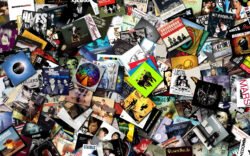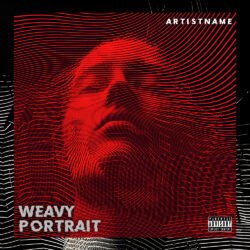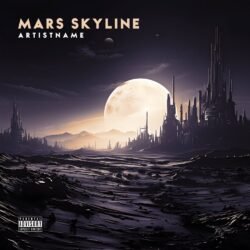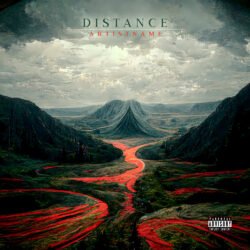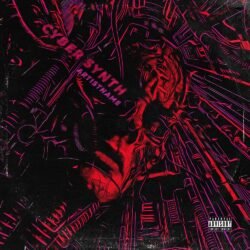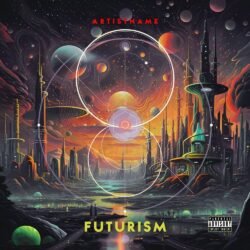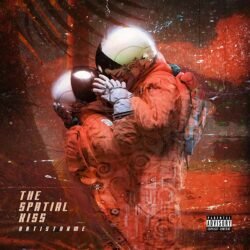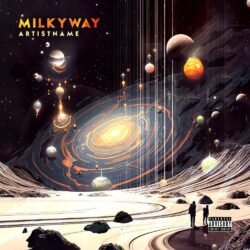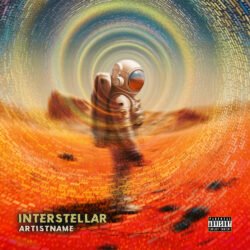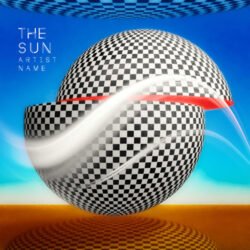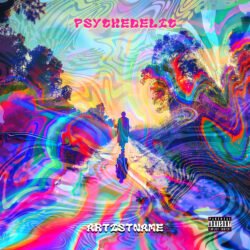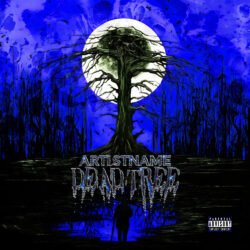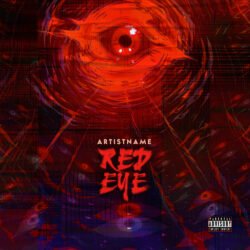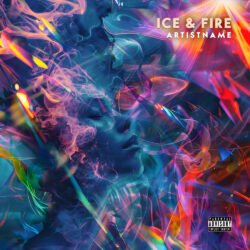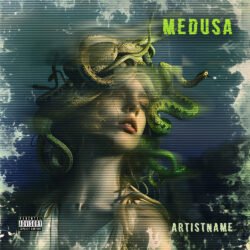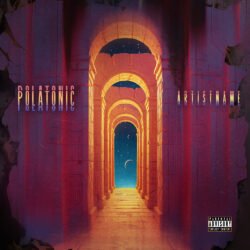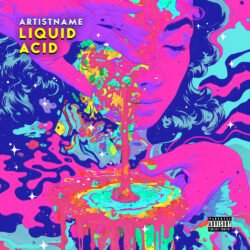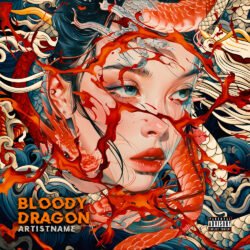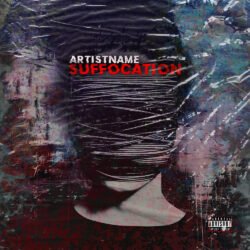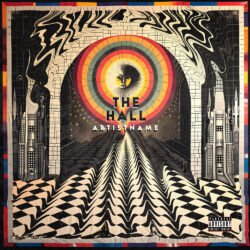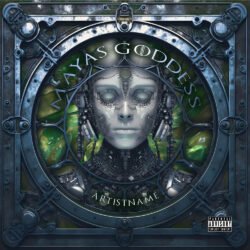Artworks are sold exclusively only once, on first-come first-served basis.
Premade Downtempo Album Cover Art Designs
Showing 1–18 of 241 results
$ 120 Original price was: $ 120.$ 99Current price is: $ 99.
$ 140 Original price was: $ 140.$ 110Current price is: $ 110.
$ 99 Original price was: $ 99.$ 79Current price is: $ 79.
$ 120 Original price was: $ 120.$ 99Current price is: $ 99.
Download exclusive premade downtempo music album cover designs and digital artworks for sale created by artists, for artists.
Can’t discover your artwork? We’ve got you covered! Buy cover artwork's job is to curate a collection of unique exclusive licenses download premade artworks for sale, also provide design services for artists, musicians, bands, singers, vocalists, DJs, producers, record labels, authors, content creators, distributors, and publishers with the collaboration of top artists, designers, and makers that would elevate music into visual imagery.
Covering every genre, from Ambient, New Wave, and Synth, to Synthwave. Grab your favorite Artworks (illustrations, images, photos, collages, and graphic arts) and use them for Albums, Singles, EPs, Posters, Merchandise and more on Distrokid, Spotify, Apple Music, Bandcamp, Soundcloud, Tidal, Deezer, and other Streaming, Publishing, and Printing Services. You also can turn them into a short looping animation and use it for streaming services like Spotify videos or YouTube and other social media like Instagram stories or TikTok.
Artworks are sold exclusively only once, on first-come first-served basis.
A Dive Into Downtempo Music
Downtempo is a collection of primarily electronic music with an average tempo lower than usual (below 110 bpm), hence its name. Because of such a low tempo, the music is generally not meant for dancing and seldom live performed. Downtempo is music to listen to in a natural (read: non-musical) environment. Downtempo music is often featured in film soundtracks, on albums for home listening, in public places, or… at the university. Early Downtempo evolved out of academic experiments with the first electronic music instruments. This can even be traced back to the 1920s, when the very first electronic sound was produced, thanks to Léon Theremin and his homonymous instrument. To these researchers, Downtempo was not particularly slow. Only many decades later, after the arrival of much faster electronic dance genres, was the term “Downtempo” applied to this music. Sometimes Downtempo is simply referred to as “Electronic” as opposed to (Electronic) Dance (Music).
Downtempo puts greater emphasis on sounds and sound experimentation than most super-genres. The whole history of Downtempo has been about exploring and discovering new techniques and sounds, and gently expanding on its discoveries. Downtempo does not choose between acoustic or electronic, it includes whatever it can to produce the perfect sound.
The most important aspect of Downtempo however, is a radically different approach on music in general. Instead of working with (serial) song structure, most songs are non-serial: they evolve slowly and gradually by repetition instead of structured patterns. Within this seamlessly endless repetition, the mind is being taken on a transcendental journey. With no pattern, no point of orientation, there is no more song, only music. Downtempo asks questions about what music is, instead of being an answer like other genres. The unique classical works of Claude Débussy have been an important influence on much of Downtempo’s music, but unconventional world musicians experimenting with structure and sound left their mark as well.
“Ambient”, from the Latin “ambire” or “to surround”, is a surrounding music genre emerging in the seventies that was so influential to other (electronic) music that it became a pars pro toto for the whole group of Downtempo genres. Because once again, Ambient raises an important question: should music be noticeable and autonomous or a barely indistinguishable and integrated part of everyday life?
Downtempo has a complex and unique genealogy. The overall genre structure is very linear due to a slow and extensive evolution, but there are no less than five music groups discernable. Groups with significant autonomy, but also a high degree of overlapping due to Downtempo’s experimental nature:
1. The Electronic Avant-Garde: responsible for laying the foundations of all electronic music and thus almost half of all popular music genres. This includes Musique Concrète, Minimalism, and their later subgenres: Sound Collage and Neo-Minimalism.
2. The large family of Easy-Listening, including Lounge: sometimes considered a super-genre on its own. Easy-Listening is a term reserved for gentle background music with a variety of origins, mostly exotic or Jazzy.
3. Progressive Electronic: the interesting crossroads between Progressive Rock and electronic music at a time where genre was meaningless and eventually leading to Ambient, the principal Downtempo genre.
4. Ambient Dance: the combination of Ambient with any other EDM genre such as: Ambient Techno, Ambient Breakbeat, Ambient House and so on. Sometimes referred to as Chill-Out or Downbeat, although the former is confusingly also used for Loungetronica.
5. Synth: the collection of music that is entirely or dominantly synthesizer based, with pronounced synth melodies and basslines, but also with a high degree of rhythm and percussion compared to Electronic Avant-Garde or Progressive Electronic.
